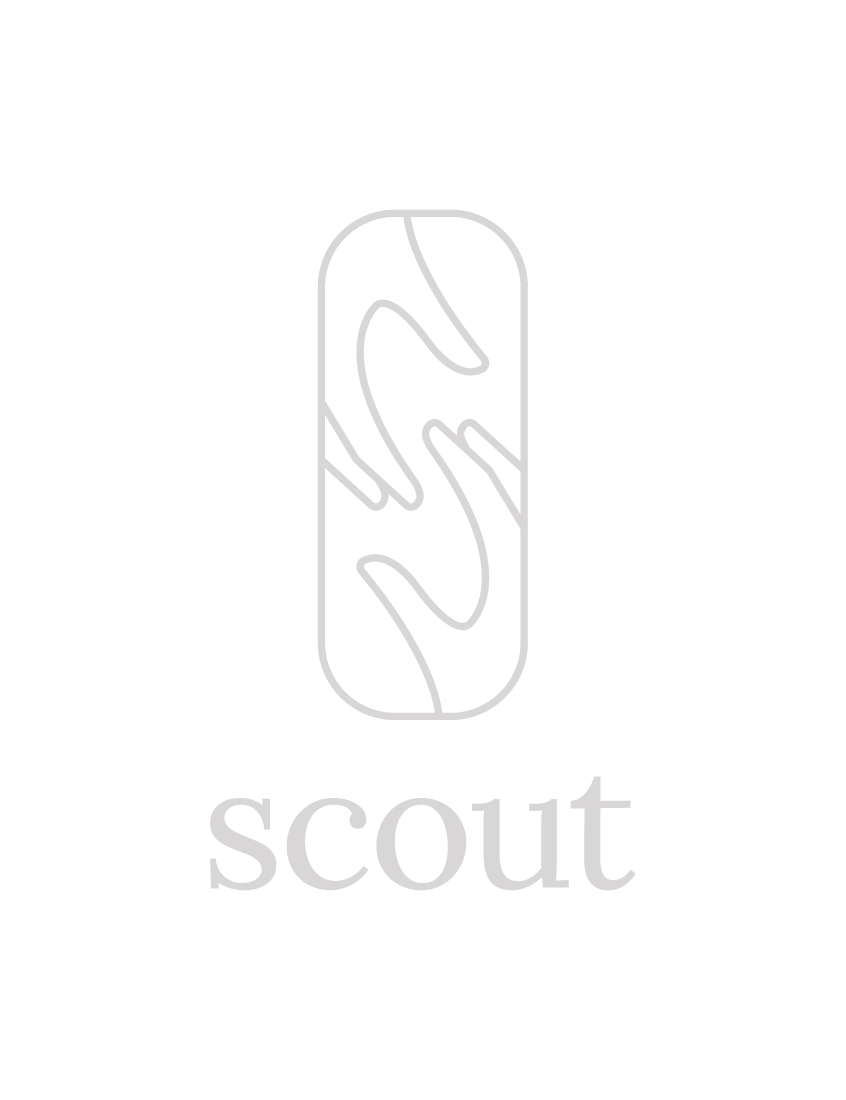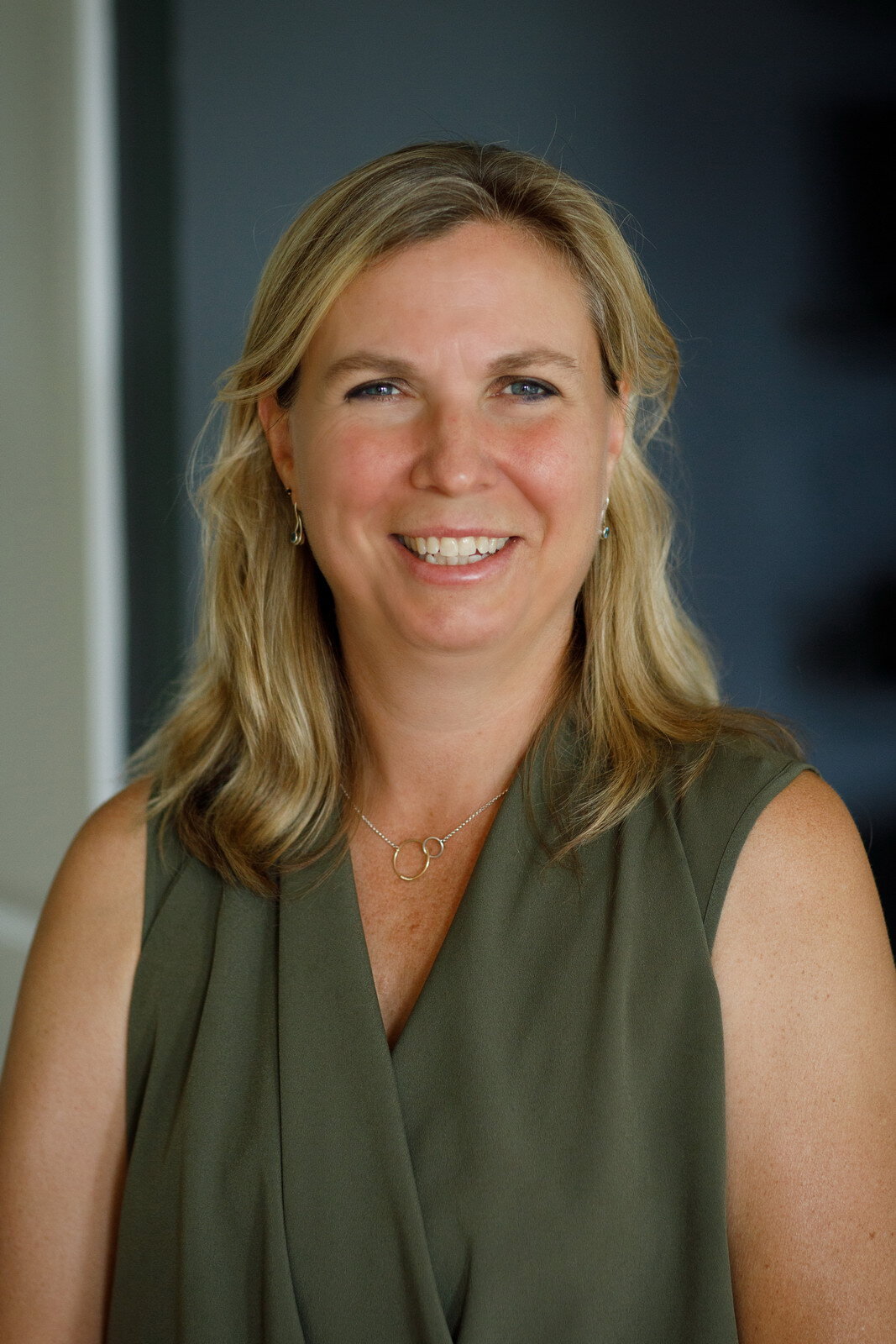2.0 | Becoming Purpose Driven
Since launching SCOUT in the Spring of 2016, I’ve been transfixed on how to blend my non-profit passions with my for-profit company. I ran myself ragged between building my business, volunteering with an incredible organization, New Women New Yorkers (NWNY), and being a parent to two rapidly growing teens.
What I came to discover was that the answer was right in front of me -- I simply had to ask my colleagues for advice. What a concept.
Beth Bengtson, Founder & CEO, Working for Women
After spending too many months, on my own, of trying to tackle the initiative of becoming a purpose-driven company I finally came up with the brilliant idea (insert sarcasm here) to invite Arielle Kandel, Founder and CEO of NWNY, out for tea to pick her brain. Without hesitation she suggested I connect with Beth Bengtson, Founder and CEO, at Working for Women (W4W) to explore a partnership.
Our first Skype meeting was as though I found my long lost sister in the world of economically advancing and empowering women. Needless to say, it was a match.
Founded in 2018, W4W’s mission is to provide underserved women greater access to economic advancement and empowerment. With a small and mighty team of five, they focus on bridging the business sector and the women economic-centric non-profits (like NWNY). W4W aggregates dollars and skills from their business partners and thoughtfully invests both back into their non-profit partners to further their mission in providing women with real and actionable ability to economically flourish.
To date, W4W has 10 business partners and five non-profit partners.
Below is an excerpt of my conversation with Beth about Working for Women and other things that inspire her.
To learn more about Working for Women, visit: www.workingforwomen.org
To learn more about Beth Bengtson, visit: https://www.linkedin.com/in/bethbengtson/
Rose Chan Siow: It’s been nearly a year since you’ve launched Working for Women. Tell us how it came to be.
Beth Bengtson: Working for Women grew out of my frustration as a business owner. I wanted to give back but it was hard. It took me away from running the business yet I wanted to be sure in deciding who to give to, and for me, I always questioned well, did I write the right check to the right place and I didn’t have the time to follow up. I realized that my efforts were best spent running the business. In building Working for Women, I thought about how I wish there was this organization that I had when running my business. An organization to figure it out, to know my dollars were going to the best opportunity that they could but also the aggregation piece knowing that there were a lot of other businesses contributing no matter how small or big was my contribution. I thought about the 1% model from the non-profit 1% for the Planet. They have moved over $150 million from the business world to the environmental world. I thought, why can’t we do that for women? The last figure sought was that women-owned business account for $18 trillion of revenue. If we can get 1% of that . . . that’s a lot of money we can move over to help all women, to help them get the resources they need because the dollars aren’t there for them. They just aren’t. We started using #investinwomen because we’re not making an investment in women in this country. There’s just not enough of that happening. We’re talking a lot about it. We’re talking about a lot of women issues but when you’re looking at the actual flow of capital it’s not going there.
RCS: Which brings me to my second question. There’s been a surge in women-centric causes in the last few years, particularly with the last presidential election, and Working for Women’s inception came during that time but I know that the seed for the idea came well before that -- same with SCOUT -- I’ve been wracking my brains for over three years to figure out how can I weave economic empowerment for underserved women into my business. So, how will Working for Women sustain this focus? And ensure this simply isn’t a trend. I often find myself, unprovoked, trying to defend why SCOUT is purpose-driven, that this isn’t a fad -- it’s the business model.
BB: Oh, yeah. Number one, you’re completely right. This [W4W] started well before it became all things women out there. When we had the election, The Women’s March happened. I went to it, participated and I thought this is nice but there’s no clear action. I can’t do anything actionable unless I want to get into politics. To me, Working for Women is the business women’s answer to The Women’s March. This is what we can do. Listen, this is going to be a longer play. It’s got to be in order for us to start seeing real dollars shifting to investing in women. Less than 2.5% of venture capital goes to women and of that .2% goes to women of color. We have a long way to go. We have to start changing who has access to the capital and who’s making the decisions with the capital. When you look at all the dollars, philanthropically from a global perspective, it’s less than 2% that goes to investing in women and girls. At the same, there are tons of studies that show, if you invest in women, you’re not only investing in those women, you’re investing in those families and women, overarchingly, tend to invest back into their communities. When you invest in women, you’re investing in gender equity because they are raising boys as well as girls. When you invest in women, you’re investing in where they live and work. It’s been a lot of education.
RCS: How does Working for Women invest the dollars and time? How do you measure whether or not it’s making an impact? Or is still too new to measure?
BB: At the end of the day, our equation comes down to how we’re aggregating business resources -- that’s dollars and skills and applying those to nonprofits working to help women enter and stay in the workforce. Our end goal is to grow those nonprofits’ capacity. When we seek businesses who can best support our partner organizations grow because ultimately when we can do that then we’re reaching our end goal of having more women become economically independent. We’re really building relationships between these two worlds. We’re building a model that shows how the business resources (dollars and skills) are positively impacting our non-profit partners and the women they serve. This will allow us to report back to businesses their return on impact of their resources.
RCS: What’s next for Working for Women? What’s the next milestone?
BB: Our goal for 2020 is to grow our business partners from 10 to 100 and to double our non-profit partners from five to 10. We now have the case studies. We now have proof of concept and the next 12 months is all about building the community.
RCS: As a founder, what’s been the most challenging?
BB: The most challenging, for any founder, is wearing all the hats. It’s being that entrepreneur. You have to sit there and figure out what’s the best use of my time. I’ve built other businesses and each time I’ve had to figure out how to make wise investment choices as to where can my time be best used and what can I best outsource in order to grow. As you’re growing, you can’t wear all those hats. We have a really strong and committed board and their willingness to hire for the things we don’t have to be doing or the things that aren’t our strengths. To wisely invest our dollars so we can grow.
RCS: The perennial favorite question for all of us, no matter our walk in life: how do you do it?
BB: [Laughing] I have to be really good at time management. Really look closely at how I’m spending my time and make sure I’m prioritising. I’ll be honest, what we women don’t do really well, overall, because we’re always waiting for when we have the time and that’s self-care. It’s making sure I’ve got that time to meditate. It’s making sure I‘ve got that time to exercise. That’s how I do it -- by making sure I’m taking care of myself so that I can take care of others. Women need to get to the point to embed that really sage advice that they tell you on the airplane -- to put the oxygen mask on ourselves before we put it on others. We can’t negotiate self-care.
Things that make Beth tick:
Favorite city: Any city near mountains.
Doesn't leave home without: Unfortunately, it is my phone.
Loves: Spending time outdoors with my family.
Last favorite thing read: Becoming a Dangerous Woman: Embracing Risk to Change the World by Pat Mitchell.
Last favorite thing heard: My kids sleeping soundly.

